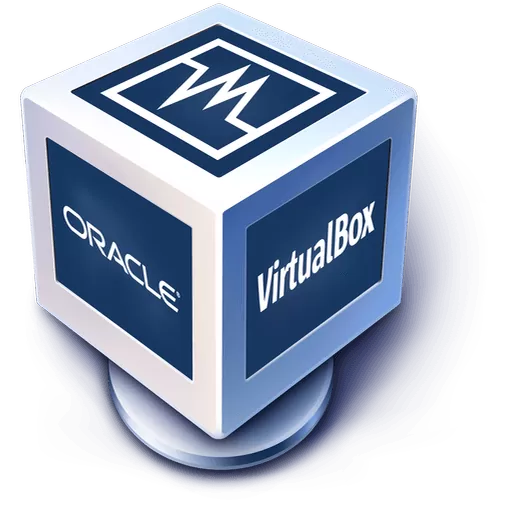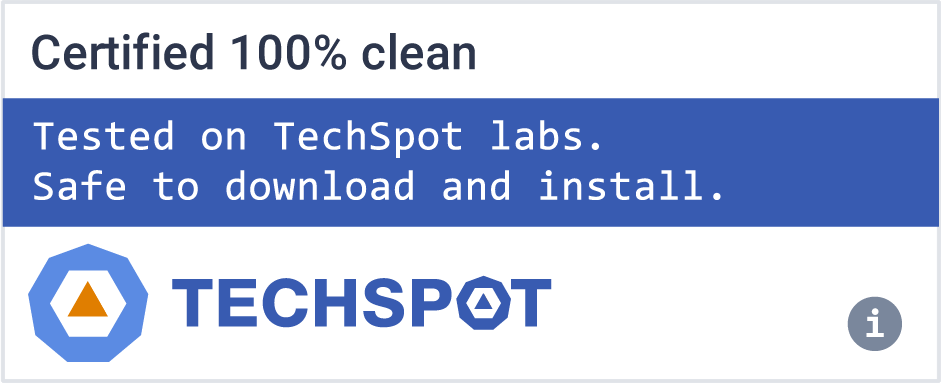VirtualBox is a powerful x86 and AMD64/Intel64 virtualization product for enterprise as well as home use. Not only is VirtualBox an extremely feature rich, high performance product for enterprise customers, it is also the only professional solution that is freely available as Open Source Software under the terms of the GNU General Public License (GPL) version 2.
Note: It has been reported that version 7.0.20 has better performance that version 7.1, so we have kept this version available for users. Version 7.1 is also listed for those interested.
Can I run macOS on a Windows machine?
Yes. With VirtualBox, you can install multiple operating systems on a single PC and seamlessly switch between them, including macOS on Intel hardware (experimental feature). VirtualBox can run multiple x86 OS such as Windows, macOS, Linux distributions, FreeBSD, and OpenBSD on your host machine. The operating systems run within an application, which virtualizes the hardware in a completely isolated environment.
Is VirtualBox free?
Yes, VirtualBox is a free and open source virtual machine platform for personal, educational, or evaluation use.
Do I need to dual boot or repartition the disk?
No, that's not necessary. VirtualBox uses your computer's file system and creates files that map to a virtual machine's disk drives, so there is no need to create a partition for each operating system. If you already have another OS with dual boot, you can use VirtualBox to run the other operating system in a virtual machine on your host operating system. Instead of dual booting, you can run both operating systems simultaneously and seamlessly switch from one operating system to another with a click of your mouse.
Can I run an x86 virtual machine on Arm hardware?
Unfortunately, no. You can't run an x86 image on Arm via VirtualBox. Virtual Box will only allow you to run virtual machines on the same underlying architecture as your host machine supports.
Features
Modularity.
VirtualBox has an extremely modular design with well-defined internal programming interfaces and a client/server design. This makes it easy to control it from several interfaces at once: for example, you can start a virtual machine in a typical virtual machine GUI and then control that machine from the command line, or possibly remotely. VirtualBox also comes with a full Software Development Kit: even though it is Open Source Software, you don't have to hack the source to write a new interface for VirtualBox.
Virtual machine descriptions in XML.
The configuration settings of virtual machines are stored entirely in XML and are independent of the local machines. Virtual machine definitions can therefore easily be ported to other computers.
Guest Additions for Windows, Linux and Solaris.
VirtualBox has special software that can be installed inside Windows, Linux and Solaris virtual machines to improve performance and make integration much more seamless. Among the features provided by these Guest Additions are mouse pointer integration and arbitrary screen solutions (e.g. by resizing the guest window). There are also guest additions for OS/2 with somewhat reduced functionality.
Shared folders.
Like many other virtualization solutions, for easy data exchange between hosts and guests, VirtualBox allows for declaring certain host directories as "shared folders", which can then be accessed from within virtual machines.
VirtualBox is being actively developed with frequent releases and has an ever growing list of features, supported guest operating systems and platforms it runs on. VirtualBox is a community effort backed by a dedicated company: everyone is encouraged to contribute while Oracle ensures the product always meets professional quality criteria.
What's New
This is a maintenance release. The following items were fixed and/or added:
- GUI: Added multiple window layout and translation related fixes
- GUI: Fixed an issue that meant VMs created using Unattended Install were not removed cleanly
- GUI: Added an option to change the remote display security method
- GUI: Removed the BETA label from the macOS/Arm UI
- NAT: Fixed slow performance on Windows host (bugs #22164 and #22180)
- NAT: Fixed DHCP problems with certain guests when domain is empty
- 3D: Fixed enabling 3D acceleration in the VM settings
- 3D: Fixed black screen with Windows VMs
- 3D: Fixed rendering issues caused by incorrect view handling
- 3D: Added possibility to enable 3D acceleration function for Arm platform VMs
- GCM: Fixed problem with loading saved state created by 7.0.x
- API: Fixed an issue with incorrect handling of NVRAM state with legacy BIOS and its removal on VM deletion
- API: Fixed UEFI Secure Boot state querying when the VM was never started
- Guest Additions: Fixed error message on automatic upgrading
- SDK: Fixed building code using the XPCOM bindings (bug #22174)
This is a major update. The following new features were added:
- GUI: Modernized look and feel, offering a selection between Basic and Experienced user level with reduced or full UI functionality
- OCI Integration: Performance dashboard now shows resource usage for cloud VMs
- OCI Integration: Clone compute instances
- OCI Integration: Reset compute instances
- Oracle VirtualBox Extension Pack: Update to the PUEL license, removing the evaluation option. For evaluation use of the Extension Pack, please download it from the Oracle Software Delivery Cloud
- VRDE: If user does not set up TLS with custom certificates, enable it with self-signed certificate, including issuing a new one before the old one expires
- NAT: New engine with IPv6 support
- macOS/Arm host: Arm virtualization for Linux and BSD VMs
- Linux host and guest: Added Wayland support for Clipboard sharing (bug #20808)
- Shared Clipboard: Added initial support for transferring files on Linux and Windows hosts / guests. This requires the 7.1 Guest Additions to be installed. See User Guide for known limitations
- Screen Recording: Significant performance improvements for the encoding pipeline, resulting in less CPU usage while recording is active. This requires 7.1 Guest Additions to be installed on Windows guests
In addition, the following items were fixed and/or added:
- VMM: Fixed EFLAGS.TF handling for CPUID instructions when Hyper-V is being used (bug #17961)
- virtio-net: Follow up fixes for FreeBSD 12.3 and pfSense 2.6.0 (bug #21201)
- EFI: Ability to add new Microsoft DB/KEX certificates to newly created VMs
- Oracle Extension Pack: Fixed shipping the cryptographic support module for full VM encryption
- GUI: Improved overall accessibility
- GUI: Update the version of Qt used
- Unattended Installation: Added support for subiquity- / cloud-init-based installers; this enables installing more modern Linux-based guest OSes in Unattended mode
- Unattended Installation: Added support for specifying separate passwords for the user and admin / root accounts
- VBoxManage: Added ability to show and (re-)attach to a (video) recording progress of a VM
- VBoxManage: Added the ability to query the guest's mount points via a new "mount" Guest Control sub command. Requires at least 7.1 Guest Additions
- Python: Our API bindings for Python 2.x is now marked as being deprecated and will be removed in a future version. Please upgrade your code to use Python 3
- VBoxShell: Lots of smaller and bigger bugfixes + Python 3.x compatibility


